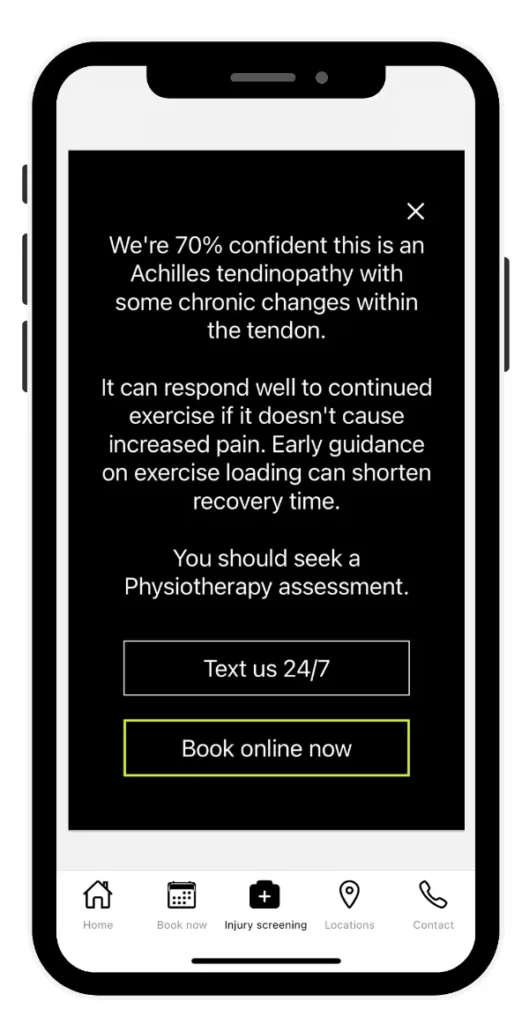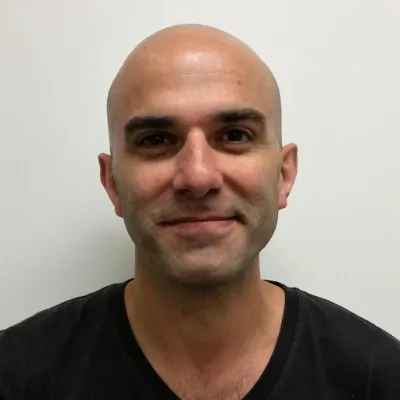Injuries happen. It’s an unfortunate fact for anyone pursuing an active lifestyle. The good news is the body does an amazing and speedy job of repairing injured tissue. It’s the body’s ability to rapidly respond to sudden overload that means it recognises the damage and gets to work on the repair.
Within only two weeks, it’s adding new material to patch the injury. Within a month, that new material is getting strong enough to cope with some loading.
Unfortunately that rapid adaptation swings both ways. As the body is repairing the damage, it’s also “helping” your body adapt to its new, less active lifestyle.

Need a diagnosis today?
Did you know that Bioathletic has developed a custom app?
- It thinks like a Physio
- It gives you an instant provisional diagnosis and advice
- It’s completely FREE!
It’s available now in Apple app store and Google Play store
Within a week of resting, your fitness is noticeably down. After another week, your strength starts to decline. Soon after, your tendons lose their bounce and your bones start to lose strength. But it’s not all doom and gloom though.
Everything you lose can be regained, although it takes a little longer to come back. The trouble is that your teammates and competitors have been building their match fitness while you’re off, so your target level of strength & fitness seems to always be moving away from you. And less fit people are far more prone to injury.
So it’s an endless cycle of losing match fitness due to injury, then getting injured due to lost match fitness. It’s why you often hear people saying that it seems like their season is just one injury after another.
It’s this last point that makes it so critical to get your early season injuries sorted as quickly as possible. You need to reduce the impact of resting and get back with the team, building match fitness.
Unlike injuries that happen later in the season, you’ve had less of a chance to build your fitness and strength after just a few weeks of games. That means that the difference in match fitness between an injured person and a healthy athlete grows very quickly with every week on the sidelines.
We advocate approaching every injury with the question of “how much can I do?” rather than “what are all the things I shouldn’t do?”
It’s this motivated, resilient athlete mindset that means any injury isn’t a curse you carry for the season – it’s a chance to renew your focus and literally hit the ground running on your return.
Written by
Pete Colagiuri
Sports Physiotherapist
Pete has over 20 years experience as a Physiotherapist and specialises in running biomechanics and complex injuries. He believes that you must identify and fix the underlying cause of an injury, to recover faster, prevent recurrences and improve performance.




